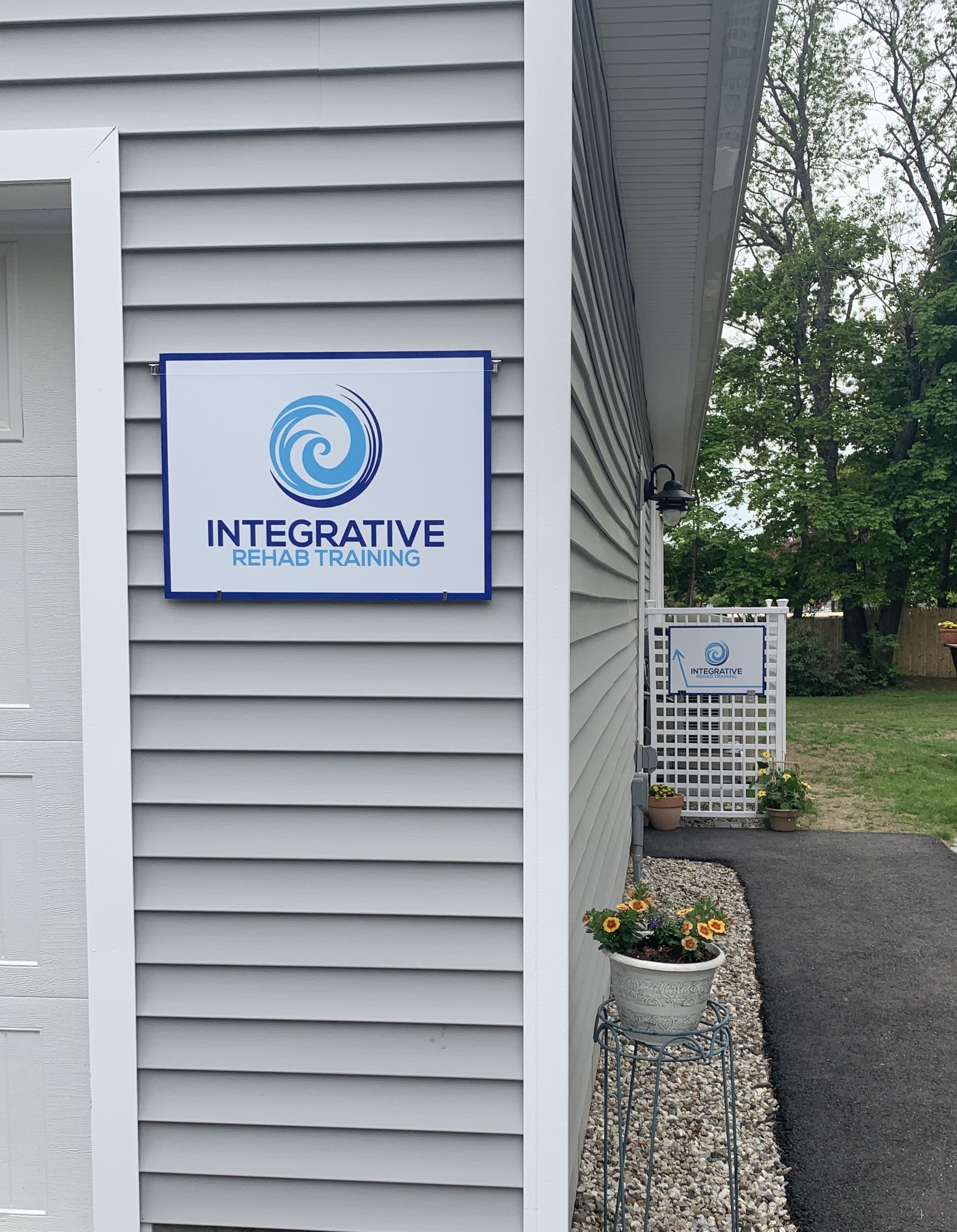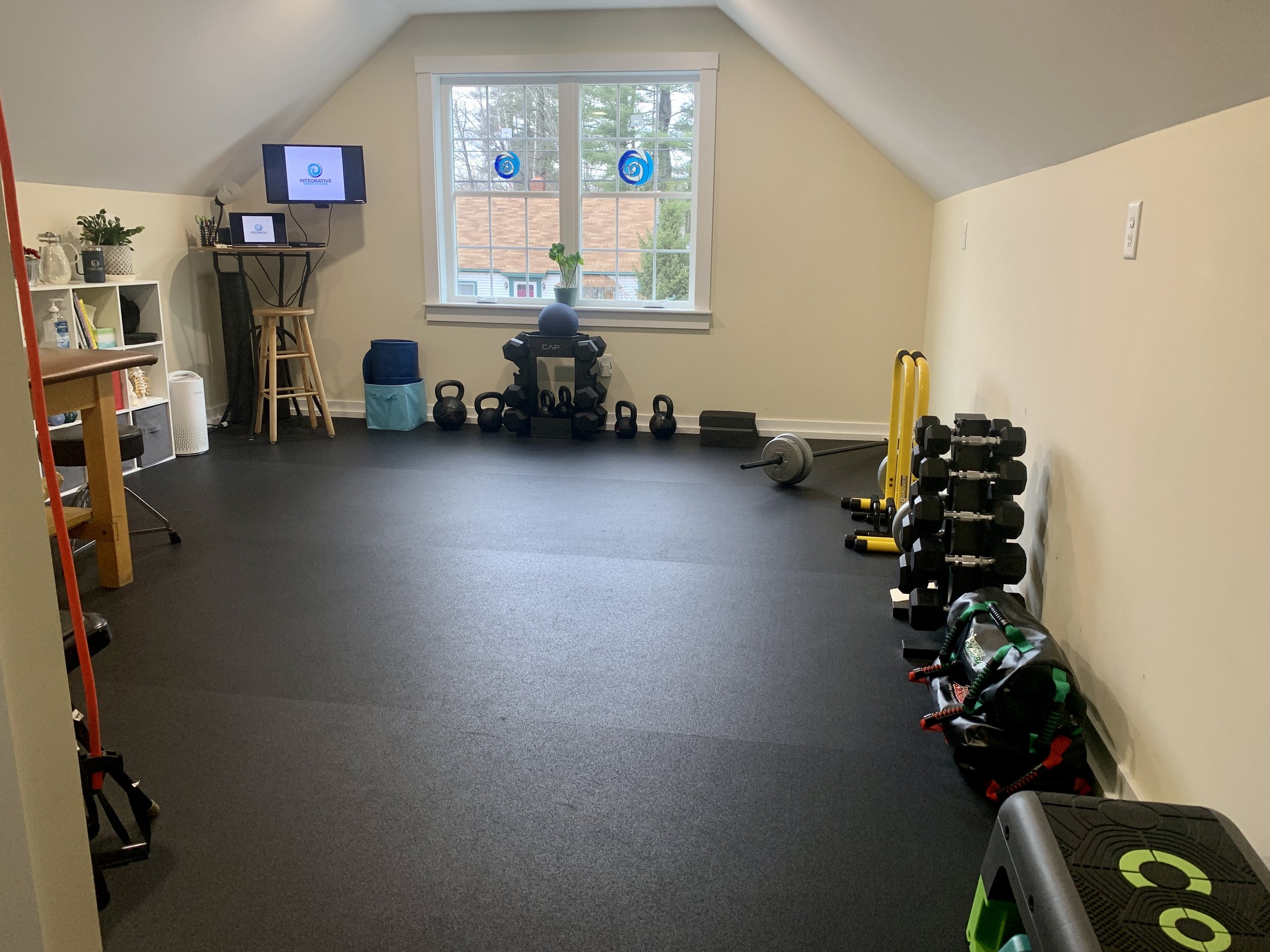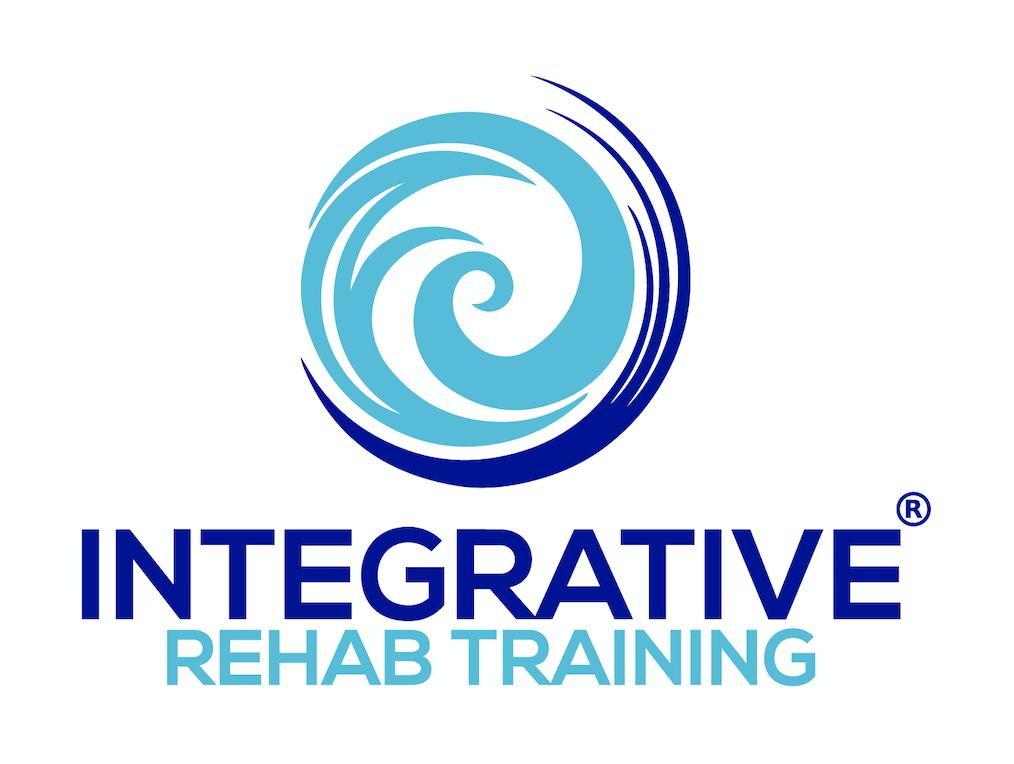I would like to have you read the scenario below and let me know if you would want this job. . . .
“Congratulations on being selected for the position of top minion here at Do Everything Against Design, Inc. (DEAD). My name is The Once-ler. Our company is a prestigious purveyors of thneeds—and a thneed is a thing that everyone needs (6). We pride ourselves on our commitment to being on the cutting edge of business and we use only the best, most up-to-date information possible to dictate how we run our business.”
“Let me start off by saying that this job will provide all kinds of potential benefits. It is up to you to decide how committed you are. The potentials are endless—overuse injury, chronic pain, depression, increased alcohol use, drug or medication use, cancer, increased general mortality, even bullying—that’s right, just like when you were a kid—are all very real possibilities here at DEAD, Inc.”
“So first thing we will do is get you set up with your work area and station. Here is your cubicle which studies have shown are detrimental to not only work life but also your personal life (1). And here is your ergonomically correct chair so that your body doesn’t have to move, because research has shown that sitting 90% of your day, will almost double your risk of developing neck pain (2). We are also well aware of the fact that this increased time sitting will ultimately yield to a higher mortality rate for you (3), and make you feel generally crummy, but we are willing to take your chances. In fact, don’t even bother trying to counter all this sitting with exercise, because regardless of how active you are when not sitting, it will increase your risk for certain cancers by up to 66%! (4)”
“However, placing this degree of stress and strain on your body is mainly so that we can reduce the organization’s costs and increase productivity (5), which is what is most important to us. Because ‘business is business and business must grow, regardless of crummies in tummies you know’ (6). And you do want to be a team player, don’t you?”
“In fact if you do end up having any physical problems, there is a greater than 63% chance that it is actually due to work (7). And if it isn’t from sitting too much (8), then it is due to the psychological stress that this position places on you. Heck, it might even be due to me and the stress I place on you! I will give you an 80% chance that our workplace stress will be the most important factor you will have to deal with here (9).”
“We have also found that this job can also really give you a great chance on becoming an alcoholic or binge drinker (10), so you have that going for you as well.”
“If stress does become greater than you can learn how to cope with, which is apparently one important part of your employment here (11), then rest assured that we don’t really have a plan in place, because 80% of facilities do not have formal programs in place to deal with workplace stress, and of those that do, only about 14% say it is effective (12). Since that’s what the research suggests, then I mean, how important can establishing a plan be?”
“The single greatest thing about this whole situation is that I will actually pay you to let me break you down, little by little, bit by bit, until you feel beaten and broken. Don’t you see? It’s a win-win situation for both of us here at DEAD, Inc!”
I decided to title this article differently from my original title, “Your Employer Is Trying to Kill You”, because I thought it might be a little less inflammatory. But if you think about it, if data were used to truly guide what we should be doing, than many jobs where employees have to sit the better part of the day are truly a form of abuse. OSHA should be having a friggin’ field day with these kinds of stats!
But this is not about trying to bash many of the companies that have these incredibly sedentary work environments. Nor is it about the fact that I disagree with how our ergonomic evaluations and standards currently are. This is more about trying to create a Movement/Movement.
Our bodies are designed for movement. Period. Our brains are designed for processing and trying to create efficiency so that we can process more. Now that’s pretty smart, however, highly detrimental when it comes to the importance of movement. Because if we continue to listen to what our brain is telling many of us, then it will constantly suggest that we just continue to sit to conserve energy.
So what to do for those of us who have to sit regularly during the day?
- Get up regularly, even if it means setting a timer at your desk to walk down the hall a couple of times. Not only good for the body, but also good for the brain.
- Stand every time the phone rings in your office, even if it means you have to sit back down to do something at your computer for the call.
- Every hour, independent of getting up for regular walks:
- Sit at the front edge of the chair, hands resting on thighs and body in a relaxed position—not too slouched or sitting up too straight. Take a slow breath in through your nose, feeling your ribs expand circumferentially. Then slowly, fully exhale as if you are sighing out and exhale more than you typically would, without forcing or straining. Inhale on a 3-4 count, exhale on a 6-8 count, then pause for a couple of seconds. Re-inhale and repeat for 4-5 breaths.
- Staying in this position at the front edge of the chair, reach one arm forward, alternating between sides, allowing your trunk and torso to rotate as well. Your hips and pelvis should also shift such that your thighs are alternately sliding forward and back. Perform 10 times on each side, slowly and deliberately and while taking slow, full breaths.
- Consider using your chair differently depending on the task:
- When doing work on the computer, sit with the lowest part of your low back (i.e. sacrum) against the seat back, but don’t lean your upper body back. This will give the base of your spine some support, but also allow for good trunk muscle activity as well as proper thoracic circumferential breathing.
- When doing general work such as going through papers, moving things around your desk, filing, etc., sit forward on your chair so that you are more at the edge of the chair. This will allow your legs to take more load and your trunk muscles better able to aid in support, reaching and rotating tasks.
- When reading items or reviewing paperwork, recline back with full back contact to give your muscles, joints and discs a rest. Make sure to hold the items up at roughly shoulder height—even if you support your arms on armrests or desk.
Remember, chairs and sitting is something that WE as humans created and the current norm is in no way optimal. We were not put on this planet to sit on chairs, and in particular not ones which shut our system off and limit our movement and ability to breathe normally. Until organizations and the general mindset changes to balance work requirements, work efficiency and human health, then we will be constantly be dealing with companies such as DEAD, Inc.
REFERENCES
- Hill E, et al. Does it matter where you work? A comparison of how three work venues (traditional office, virtual office, and home office) influence aspects of work and personal/family life. Journ Vocational Behav, 2003; 63(2):220-241.
- Cagnie B, et al. Individual and work related risk factors for neck pain among office workers: a cross sectional study. Eur Spine J, 2007; 16:679-686 / Smith P, et al. The relationship between chronic conditions and work-related injuries and repetitive strain injuries in Canada. J Occup Environ Med, 2012; 54(7):841-846.
- Katzmarzyk P, et al. Sitting time and mortality from all causes, cardiovascular disease, and cancer. Med Sci Sports Exerc, 2009; 41(5):998-1005.
- Schmid D, Leitzmann M. Television viewing and time spent sedentary in relation to cancer risk: A meta-analysis. Jour National Cancer Inst, 2014; 106(7):dju098.
- Kearney D. Ergonomics Made Easy: A Checklist Approach. Government Institutes/Scarecrow Press, 2008.
- Dr. Seuss (Theodor Geisel). The Lorax, 1971; HarperCollins.
- Janwantanakul P, et al. Prevalence of self-reported musuloskeletal symptoms among office workers. Occup Med, 2008; 58(6):436-438.
- Hamilton M, et al. Too little exercise and too much sitting: Inactivity physiology and the need for new recommendations on sedentary behavior. Current Cardiovasc Risk Reports, 2008; 2:292-298.
- Towers Watson Staying@Work, US Executive Summary Report; 2013/2014.
- Grunberg L. Work stress and self-reported alcohol use: The moderating role of escapist reasons for drinking. Jour Occup Health Psych, 1999; 4(1):29-36.
- Dewe P. Coping With Work Stress: A Review and Critique, 2010, John Wiley & Sons Ltd, Malden, MA.
- Shaw Trust and British Telecom, 2006.



